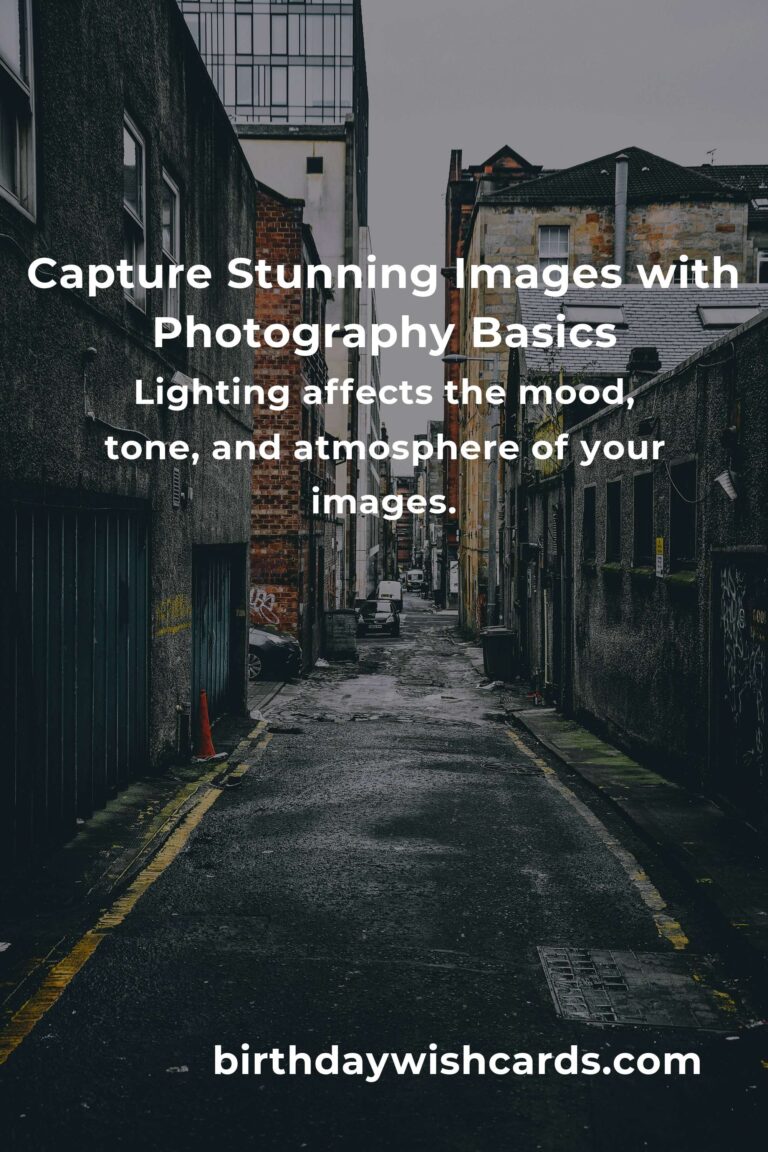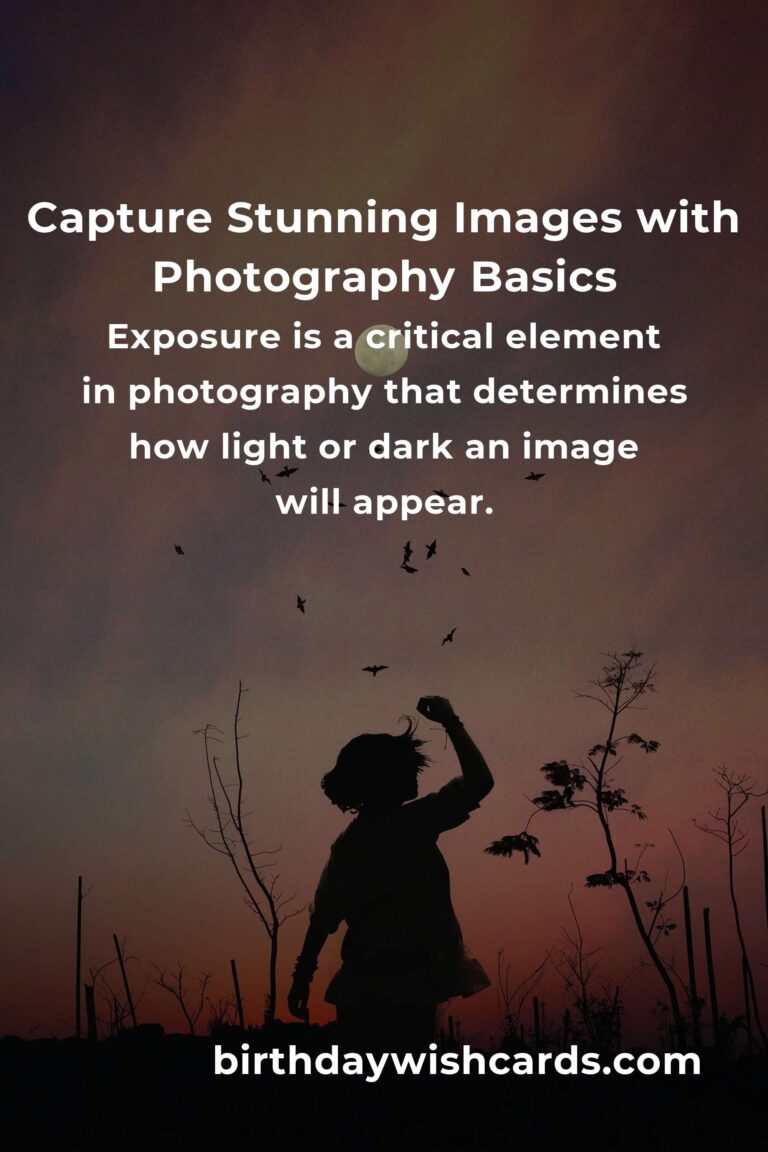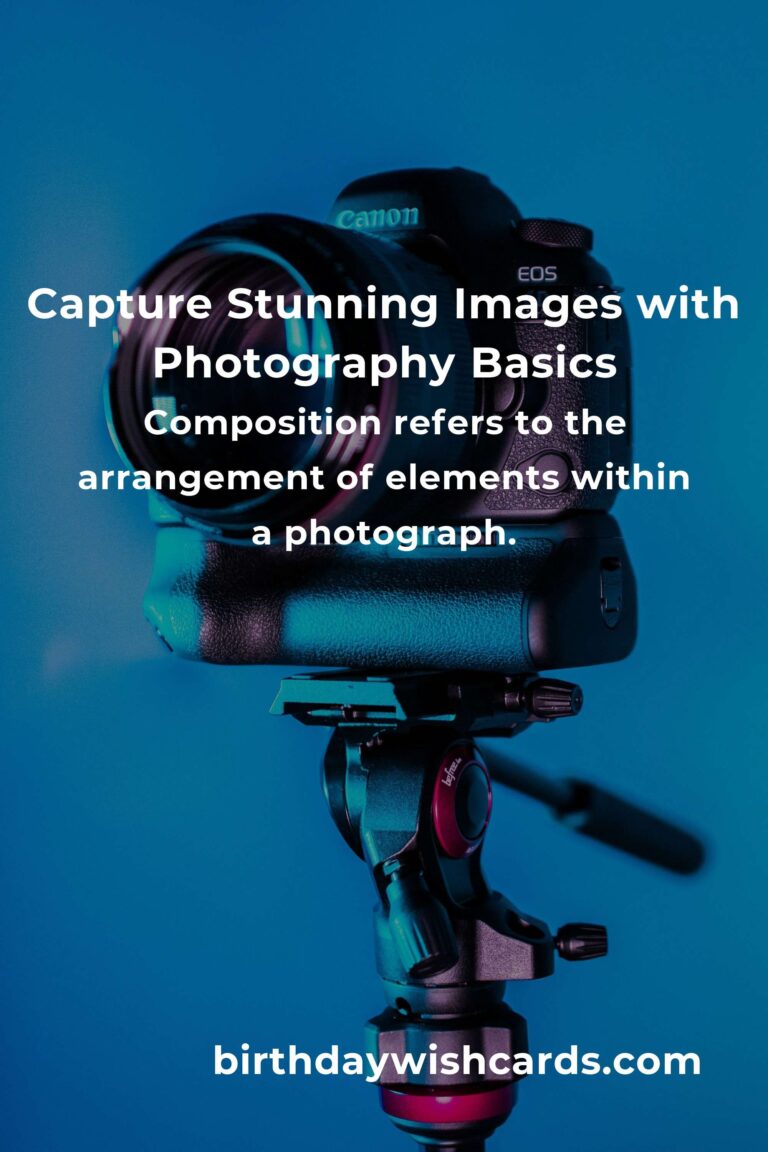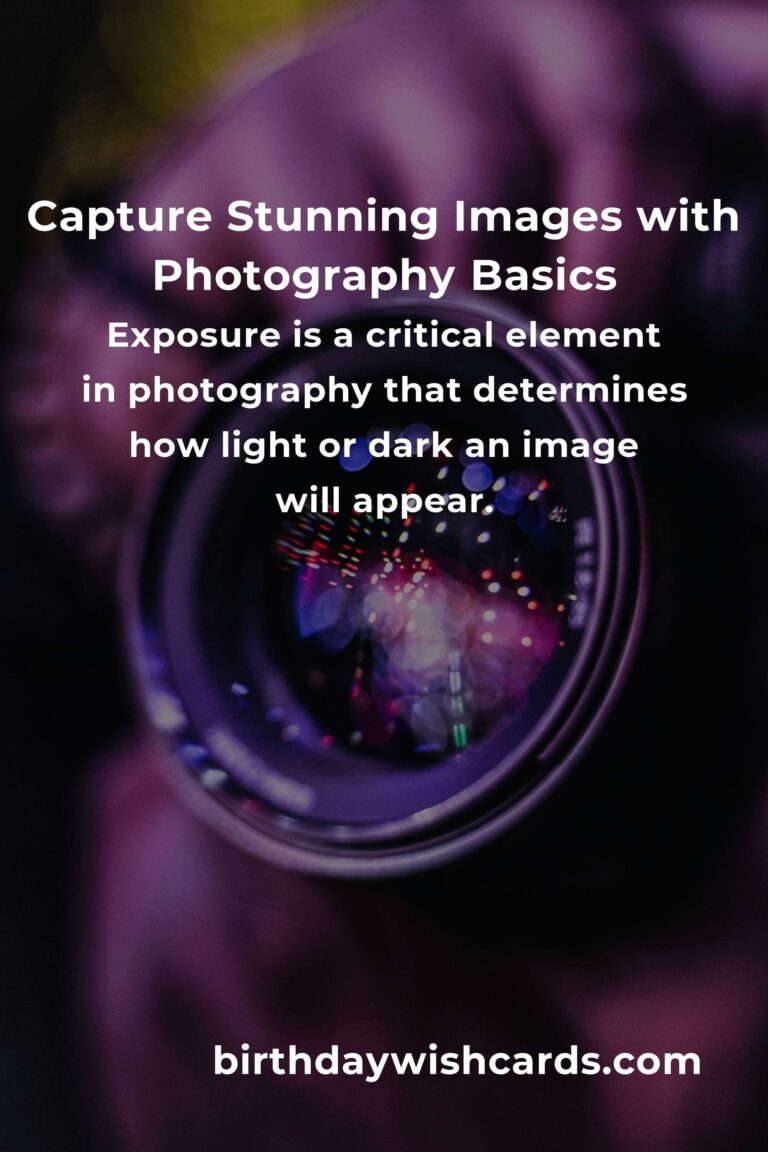
Photography is an art form that combines technical skill with creativity to capture the world in stunning detail. Whether you’re a beginner or looking to sharpen your skills, understanding the basics of photography fundamentals is essential to producing eye-catching images. In this guide, we’ll explore key concepts such as exposure, composition, and lighting, providing tips and insights to help you elevate your photography game.
The Importance of Exposure in Photography
Exposure is a critical element in photography that determines how light or dark an image will appear. It is controlled through three main settings: aperture, shutter speed, and ISO. Mastering exposure allows photographers to capture images with the right amount of brightness and detail.
Aperture: Aperture refers to the opening in a camera lens through which light passes. It is measured in f-stops, such as f/2.8, f/4, or f/8. A larger aperture (smaller f-stop number) allows more light to enter the camera, creating a shallow depth of field, which is ideal for portraits. Conversely, a smaller aperture (larger f-stop number) is suitable for landscapes, offering a greater depth of field and more detail.
Shutter Speed: Shutter speed controls how long the camera’s shutter remains open to expose the sensor to light. It is measured in fractions of a second, such as 1/200 or 1/500. A fast shutter speed freezes motion, while a slower shutter speed can create a sense of movement in an image.
ISO: ISO determines the camera sensor’s sensitivity to light. A lower ISO (e.g., 100) is ideal for bright conditions, producing clear images with minimal noise. Higher ISO settings (e.g., 1600) are useful in low-light situations but can introduce graininess or noise into images.
Understanding Composition in Photography
Composition refers to the arrangement of elements within a photograph. A well-composed image draws the viewer’s eye and conveys a sense of balance and harmony. Some basic composition rules include:
Rule of Thirds: Imagine dividing your image into nine equal parts with two horizontal and two vertical lines. Placing key elements along these lines or at their intersections can create a more dynamic and balanced composition.
Leading Lines: Use natural lines in your environment to guide the viewer’s eye toward the main subject of your photograph. Roads, rivers, or architectural features can serve as effective leading lines.
Framing: Incorporate elements within your environment to frame your subject, adding depth and focus to your image. This can include using windows, doorways, or branches.
The Role of Lighting in Photography
Lighting is perhaps the most crucial aspect of photography, as it affects the mood, tone, and atmosphere of your images. Understanding how to work with different lighting conditions can significantly enhance your photography.
Natural Light: The sun is a powerful light source, and using it effectively can result in beautiful, naturally lit images. The golden hours—shortly after sunrise and before sunset—offer soft, warm lighting that is ideal for photography.
Artificial Light: When natural light is insufficient, artificial lighting such as flash or studio lights can help illuminate your subject. Experimenting with different light sources can lead to creative and unique photographs.
Lighting Direction: The direction of light can dramatically change the look of a photograph. Side lighting can create shadows and depth, while front lighting reduces shadows and highlights details.
Conclusion
By mastering the basics of photography fundamentals, you’ll be well-equipped to capture stunning images that tell a story and resonate with viewers. Remember to practice regularly, experiment with different techniques, and most importantly, have fun as you explore the world through your lens.
Understanding the basics of photography fundamentals is essential to producing eye-catching images. Exposure is a critical element in photography that determines how light or dark an image will appear. Composition refers to the arrangement of elements within a photograph. Lighting affects the mood, tone, and atmosphere of your images.
#Photography #Exposure #Composition #Lighting #PhotographyTips













